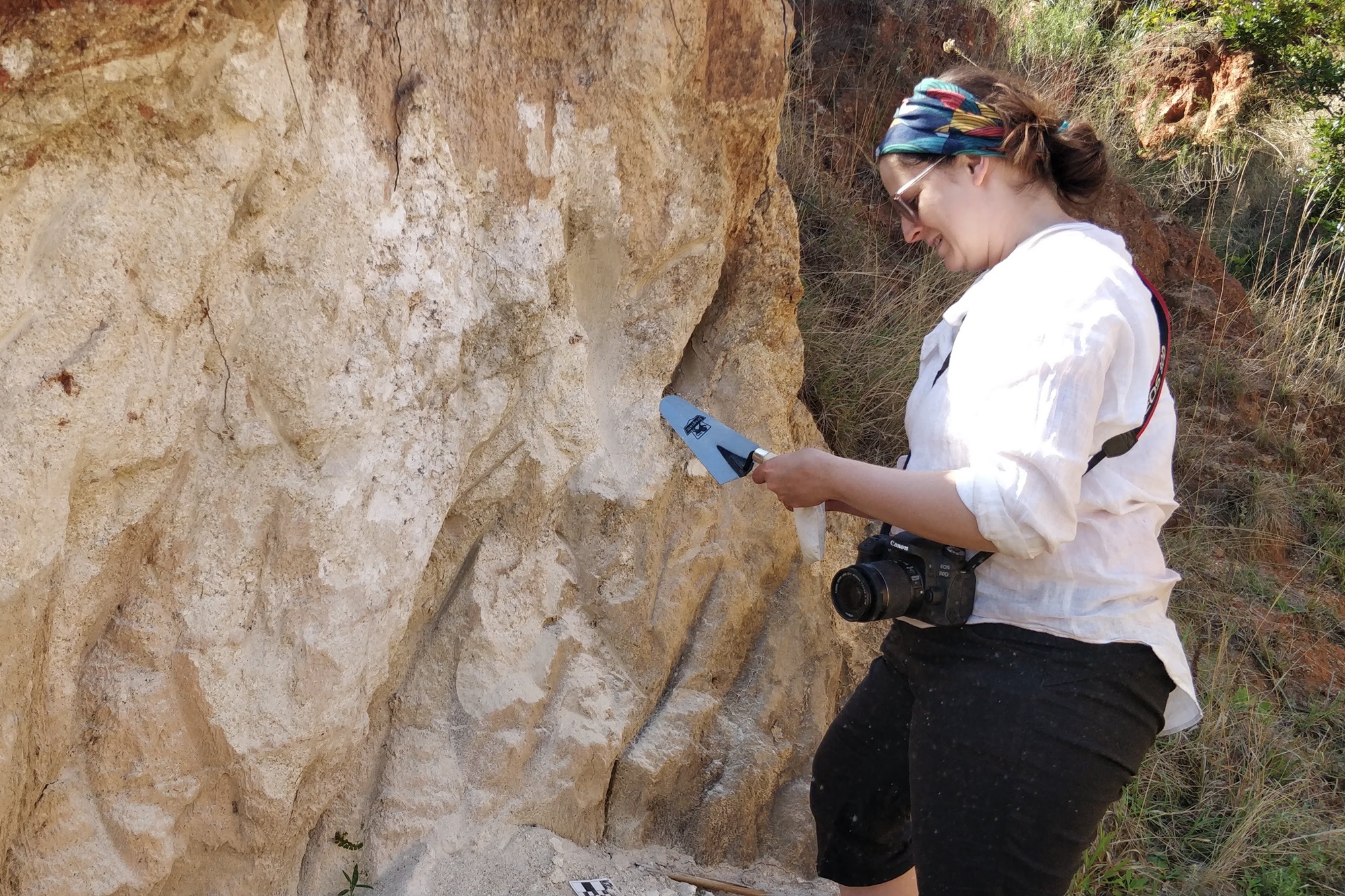The world’s oldest mine has been discovered in southern Africa by bombarding ancient materials with neutrons inside the reactor core. Dated at around 48,000 years old, the mine shows the colossal amount of significance that prehistoric humans placed on ochre.
Ochre might be one of the most important materials in human history. It’s a natural clay pigment that’s rich in iron compounds, endowing it with a range of colors from deep yellow and vibrant orange to blood red and rusty brown.
The pigment has been used by humans for hundreds of thousands of years for a variety of functions, such as cave paintings, body art, personal ornaments, and rituals. Beyond its aesthetic appeal, ochre has antibacterial properties, which might have made it useful for medicinal purposes as well.
To gain a deeper understanding of the material’s history in Stone Age Africa, researchers used a variety of scientific techniques to analyze ochre samples taken from Lion Cavern and surrounding communities in Eswatini, a landlocked country in Southern Africa.
Using optically stimulated luminescence, a technique that dates materials by measuring radiation to determine the last time mineral grains were exposed to sunlight, the researchers found that ochre had been mined from Lion Cavern in “large quantities” at least 48,000 years ago.
People appear to have returned to the surrounding region for ochre mining for thousands of years, suggesting the quality of the material was an important part of the traditions and shared knowledge that were passed down for generations.
Brandi L. MacDonald collects ochre and clay raw materials in Eswatini, southern Africa, for the study.
Image credit: Brandi L. MacDonald, Gregor Bader, and Jörg Linstädter
The team used another technique called neutron activation analysis to identify the chemical composition of the artifacts and track their provenance.
“We take small samples of ochre artifacts and safely make them radioactive by exposing them to neutrons inside the reactor core,” Brandi L. MacDonald, a chemistry professor in the College of Arts and Science at the University of Missouri, said in a statement.
“As these radioactive materials start to break down or decay, they emit characteristic energies in the form of radioisotopes — which we can measure using gamma-ray spectrometry,” said MacDonald.
The chemical snooping revealed that the ochre in this part of southern Africa had been transported across significant distances, suggesting a considerable level of organization and trade networks.
Above all, the research underscores that ochre held deep cultural and practical value for people in Stone Age Eswatini, illuminating how this natural pigment played a central role in the story of humans.
“By comparing the ochre sources with the places where people lived, exchanged, and used those ochres between 2,000 and 40,000 years ago, we can see how their choice of raw materials changed over long periods of time,” MacDonald explained.
“This allows us to anchor human activities in time and show how human cognition and social networks developed alongside those activities. Understanding how these people mined, processed, transported, and used ochre provides clues about early technological innovations and helps trace the history of human creativity and symbolism,” she said.
The study is published in the journal Nature Communications.
Source Link: Africa's Lion Cavern Hosts The World's Oldest Ochre Mine, Dated At 48,000 Years Old
